What is an impact driver and do you need one? Today we are going to go over what an impact driver is and what makes them different from other tools. By the end of this, you will know the ins and outs of what an impact driver is, how it works, the pros and cons, and if you need one in your tool arsenal. Before we jump in and learn about the impact driver, we do have to cover some tool-world basics so we are all on the same page.
A drill is different from an impact driver which is different from an impact wrench which is different from an impact ratchet. Today we are only talking about an impact driver. While an impact driver, impact wrench, and impact ratchet are all based on the same concept and basically the same in how they work, they are used for different applications. Moreover, a drill is much different than the impact family of tools. Take a look at our piece – Drill vs Impact Driver – What is the Difference?
I hope to provide some clarity because there is a lot of confusion around this group of tools, and I often hear people calling an impact driver an impact wrench. So if you don’t already, hopefully after this you will know and understand they are different tools, and will no longer get them confused.
So let’s jump in and see what exactly is an impact driver; what makes an impact driver an impact driver.
What is an Impact Driver and How Does it Work?
An impact driver has a rotational force which means it spins, like a drill. However, an impact driver has a unique feature that a drill doesn’t. An impact driver senses when more power is needed and delivers quick rotary bursts which produce more torque in these applications. These bursts happen incredibly quickly, can be around 4,000 Blows Per Minute (BPM).
This punching motion or downward motion is metal on metal and that is why impact drivers can be extremely loud. Manufacturers have tried to dampen or lower the noise by using internal hydraulics but you can always tell an impact driver by the noise.
So in essence, as the impact driver spins, it also has a blow which makes this great for tougher applications that need more torque. Plus it’s great for fasteners as an impact driver will tend to cam-out or strip a fastener less than a drill.
Impact Driver Features
One main feature you will notice about impact drivers is how small the body is. Impact drivers have small bodies for a couple of reasons. One of the main reasons is they don’t have a chuck like a drill which gives them a small footprint but we will cover that in the next section.
While impact drivers can be used to drill holes, the main application is for fasteners. With having a small body and the hand being closer to the fastener, an impact driver gives the user more control when compared to a larger body or tool with a large chunk.
Impact drivers do not have a traditional chuck like noted above. Instead, they have a quick system that will allow a user to quickly insert a hexagonal shank bit into the tool. A user can pull the quick-clamp system, insert the bit and let go. The tool will lock the bit into place.
Another feature to note about impact drivers is the speed. Drills have a 1 or 2-speed selector which is a slide switch. Plus a drill has torque settings. An impact driver is different. While some do not let the user adjust the speed, most have a push-button or electronic speed selector. As you can see above, one has a slide switch and another has a push button to select speeds.
There are even some versions that offer a setting for slow-starting the tool. So a user can fully depress the trigger and then the tool will do the rest. The tool will start spinning slowly and then ramp up to full speed. This is helpful for applications like sheet metal screws.
An impact driver usually has multiple lights. Since they are compact, they can get into tight areas, and usually, in tight areas, there isn’t a lot of light. So a nicely designed impact driver with a nice LED placement can make your work experience much better.
Impact Driver Advantages
There are many advantages of impact drivers such as:
- Size – Impact drivers are small and lightweight. For the power, they are much smaller and lighter than a drill.
- Weight – Compared to drills and because of the size of the driver, an impact driver is lighter. So if you are using it for extended periods of time, you’re arm, wrist and/or hand will not become fatigued as quickly.
- Power – As noted above, an impact driver is designed with torque and power in mind. So if you need power and torque, an impact driver is the way to go.
- Ease of Use – The hex bit holder is much easier than trying to mess with a chuck on a drill. There are not torque settings like a drill, just a couple of pushbuttons for speed/torque so there isn’t much to mess up and an impact driver is extremely easy to manage. Not to mention that the head is small and your hand is right by the fastener, so they are easy to control when using.
Impact drivers are compact, lightweight, and well-balanced. They are designed for longer periods of work or tasks that require more torque than a drill. So if you are hanging drywall or working with fasteners for longer periods of time, it’s worth the investment to own an impact driver.
Impact Driver Disadvantages
While an impact driver has many advantages, it also has disadvantages.
- Noise – Impact drivers are metal on metal so when they are in action, they can be loud, especially in smaller areas or a basement. While some manufacturers try to dampen the noise using hydraulics, the tool can still take a toll on your ears, so ear protection is more crucial with impact drivers.
- Power – While power is nice to have, sometimes it can be too much. If you are putting 3″ fasteners into hardwood and don’t predrill a pilot hole, you can easily snap the screw-head off and cause more work for yourself. So if you are doing certain tasks that don’t require a lot of torque, the tool can be overkill.
Because impact drivers are noisy and can sometimes be too much power for certain applications, it’s not always the best tool for the job.
Why You Need an Impact Driver
Obviously, if you are in the trades, you will need an impact driver because you will be performing so many different jobs and fastening will surely be one of them.
For the homeowner, it’s a different story. Do you need to spend the extra money or not?
- Sporadic User – If you are just hanging blinds, maybe a picture, or other smaller tasks throughout the year, an impact driver isn’t needed. You can easily use a drill and save money.
- DIY Enthusiast – This is where it gets tricky and if you should spend the money. I have friends who love doing stuff around the house but they never tackle big tasks. If they do, they just borrow my impact driver. If you are only going to tackle one or two big jobs a year, sometimes it’s better just to borrow one. However, if you are invested in a line of tools and have the batteries, you might be able to pick up a bare impact driver where it’s a tool only. If that is the case, you can get your own for under $100 and possibly worth the investment.
- Weekend Warrior – If you will be repairing a deck, installing a wood fence, or doing other larger tasks in and around your home, an impact driver is great to have on hand. And because these types of projects usually entail installing large fasteners, and/or creating an assembly line where it’s fastener after fastener, an impact driver will make your life easier and are worth the investment.
What is an Impact Driver? Wrap Up
When it comes to fastening, you need power, speed, and ease of use. The impact driver excels at all three and can make any fastening job easier. Sure a drill can be used for fasteners but nothing compares to an impact driver.
If you are new to the trades, an impact driver is a must. If you are a homeowner, you will have to decide your level and what you will be doing around the house to decide if the investment is worth it. For most, the investment is worth it, but again it depends upon your tasks.
If you’ve decided you need an Impact Driver, here are some great options on Amazon.

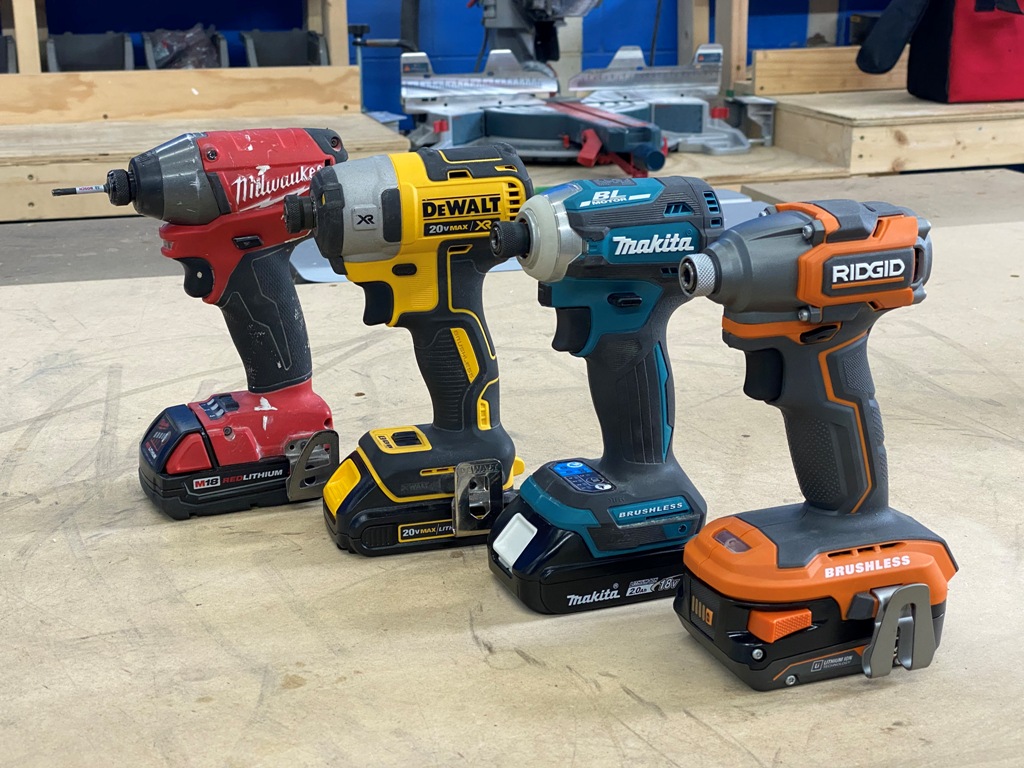

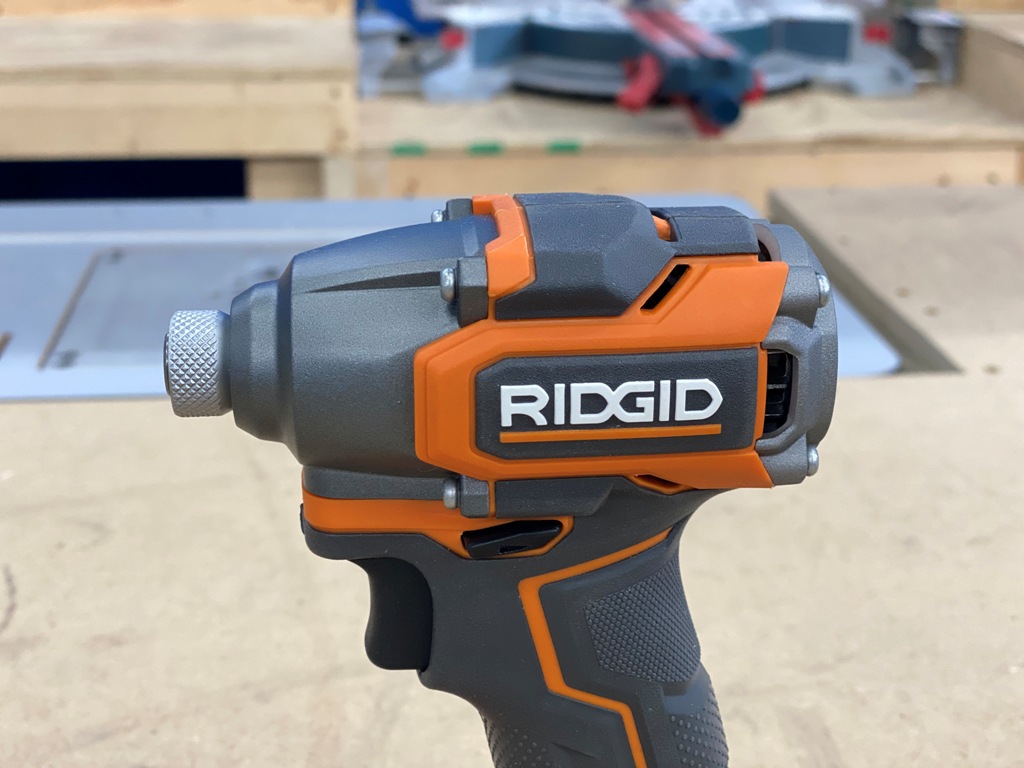
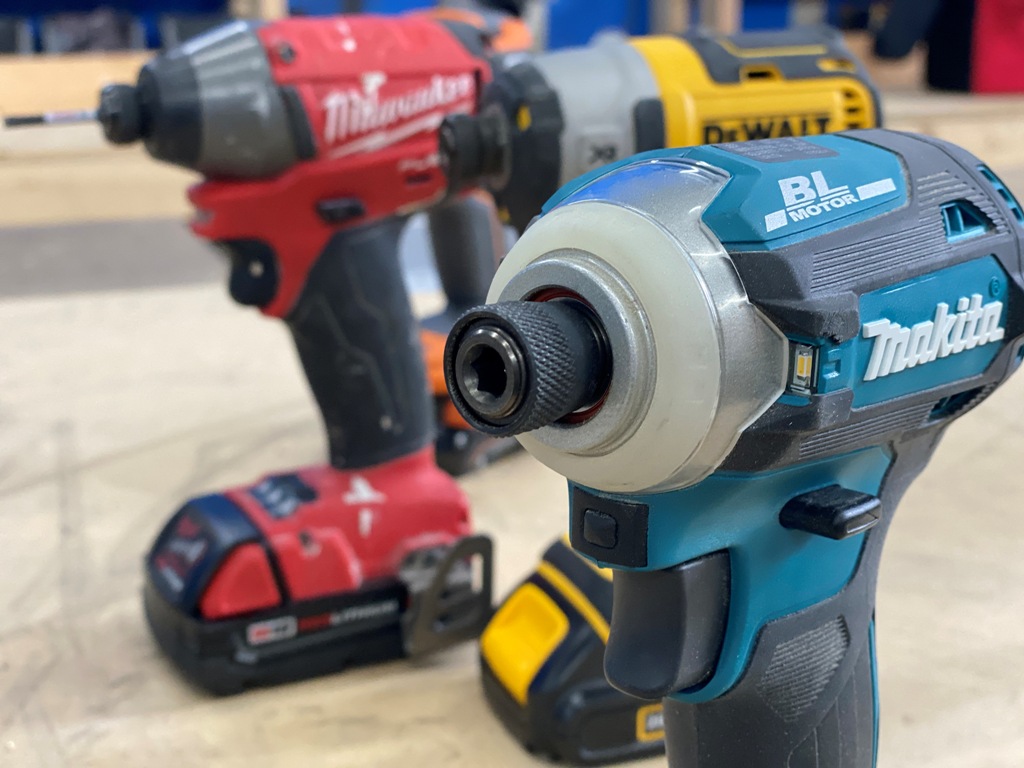
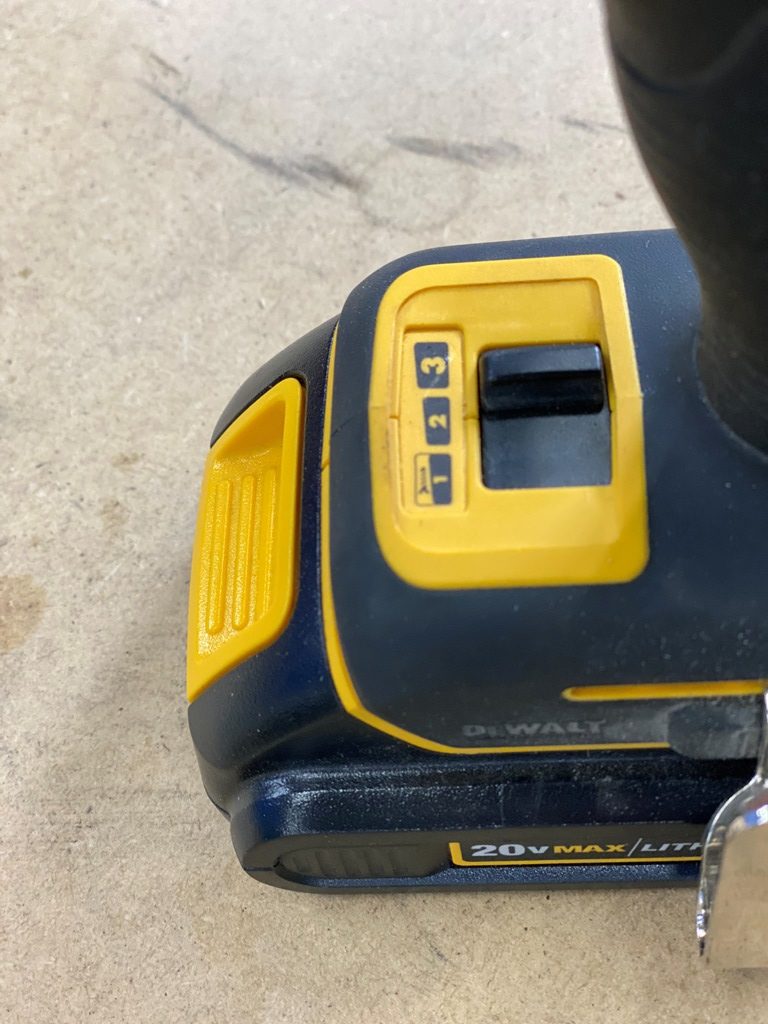
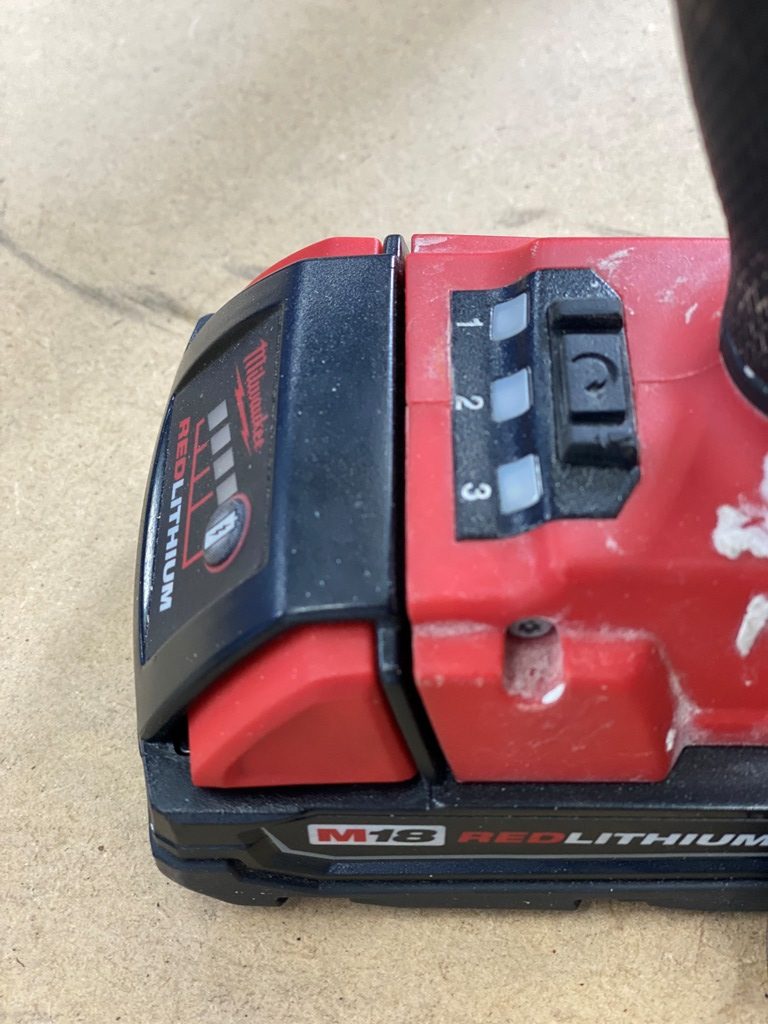
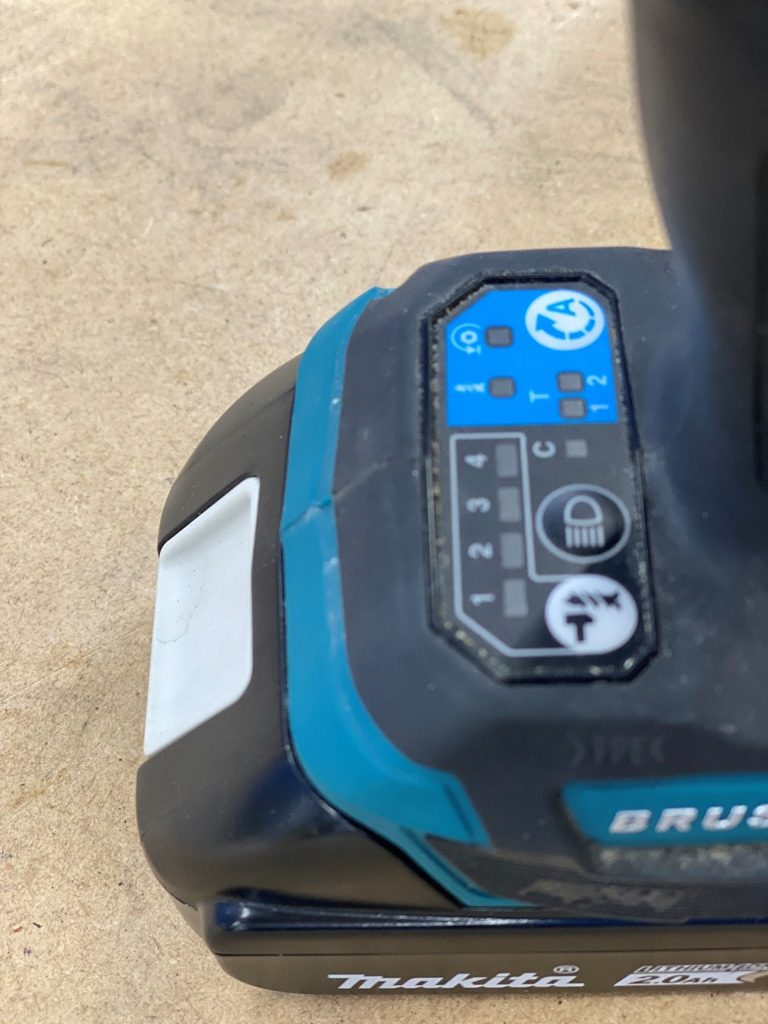
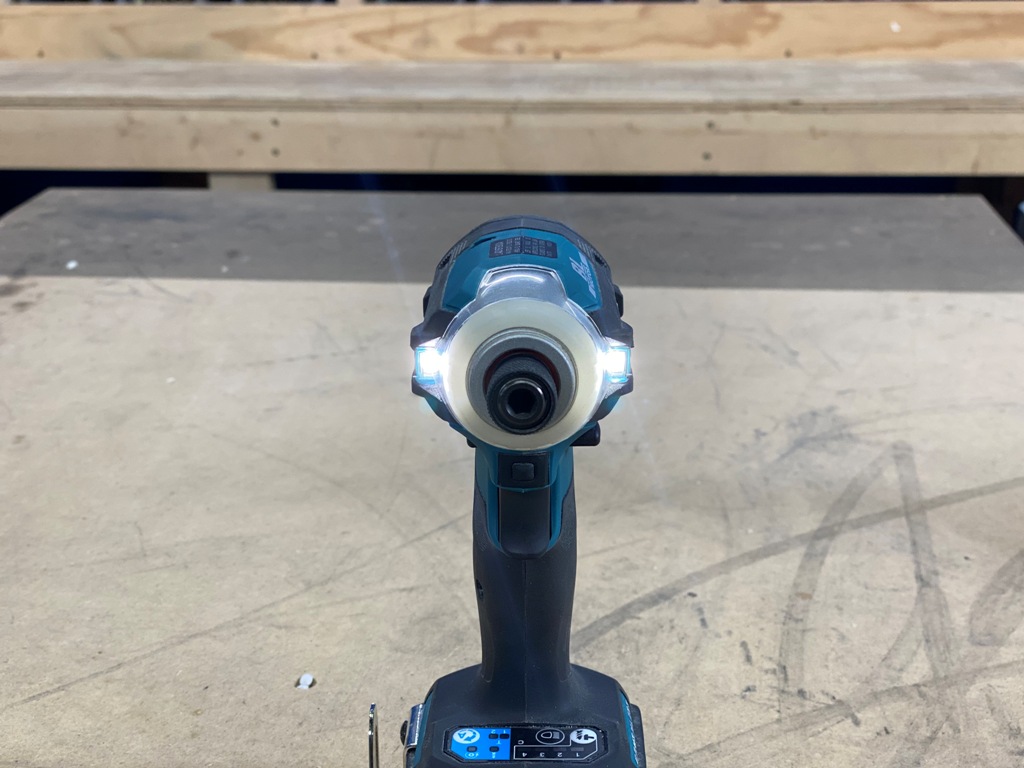
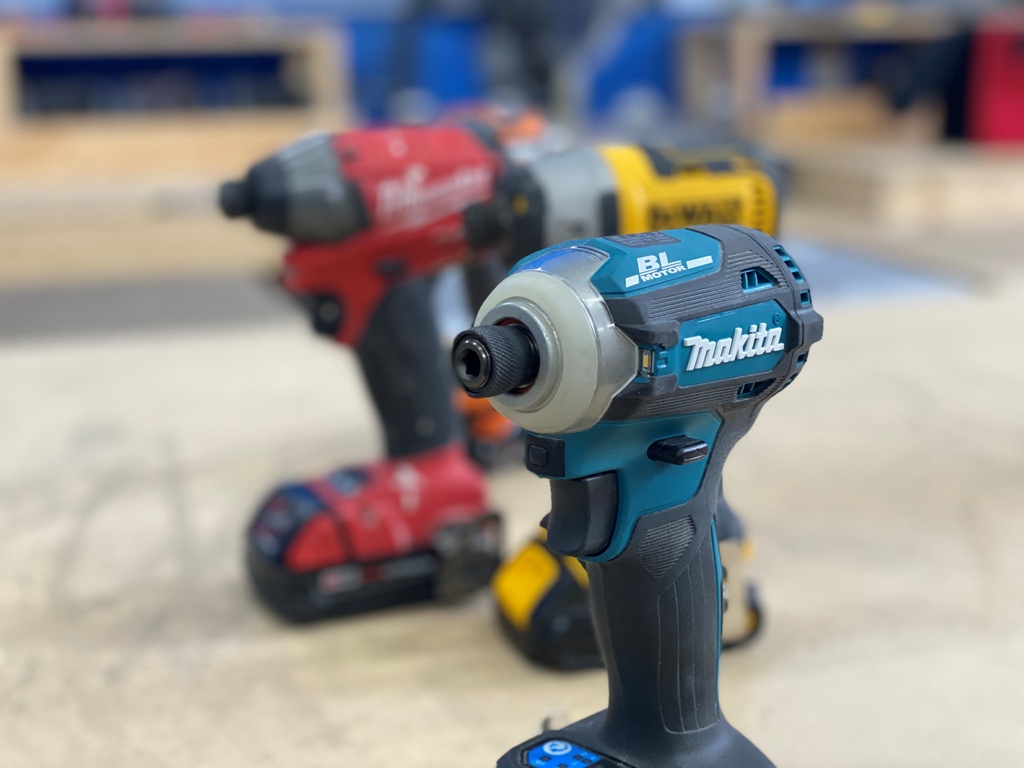

Definitely a worthwhile purchase for the casual user and on up. Buy once, cry once, then never regret. With the right touch you can feather one to use with drywall, then go straight to lag bolts or lug nuts.